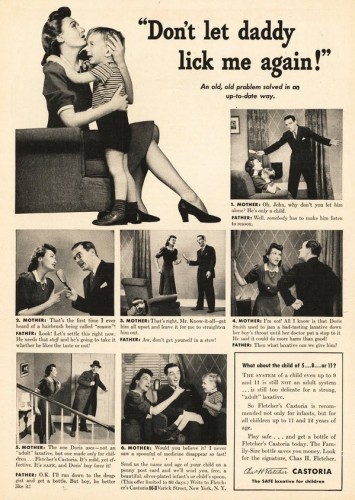Cross-posted, in Portuguese, at Petiscos de Sociologia.
Noam sent in a link to a website with a post featuring “beautiful” Chinese women who have been executed. These women are apparently important not because of their sacrifice, or because of what they say about Chinese politics, but because they’re beautiful. Non-beautiful women who have been executed apparently draw no interest.
Noam’s submission gave me a fantastic excuse to post a video of our very own Gwen Sharp giving a 4-1/2 minute lecture about a similar phenomenon, the Missing White Woman Syndrome (originally posted at the NSC School of Liberal Arts and Sciences; transcript after the jump).

She covers quite a bit of ground. After introducing the concept, she discusses data on the disproportionate coverage of crimes against white women, and how this shapes perceptions of risk. In fact, white women are among the least likely type of person to be victimized. This graph, coincidentally sent in by Grace S., doesn’t break down the data by gender, but it shows a clear pattern by race.
The constant attention to white women’s vulnerability, even though it’s disproportionate, makes it seem as if they are especially likely to be a victim of violent crime. The risk that women of color will be victimized, then, is underestimated and not taken as seriously as it should be. Meanwhile, white women may confine themselves to safer-seeming leisure activities and occupational pursuits.
These patterns affirm the role of racism in news making — with violence against women of color apparently less newsworthy — and also shows that white women, though valorized, may self-curtail their lives out of fear that they are, accordingly, the most likely target of violence.
Follow Gwen on Twitter!
References:
Chiricos, T., S. Eschholz, & M. Gertz. (1997). Crime, news and fear of crime: toward an identification of audience effects. Social Problems 44(3), 342-357.
Lundman, R.J. (2003). The newsworthiness and selection bias in news about murder: comparative and relative effects of novelty and race and gender typifications on newspaper coverage of homicide. Sociological Forum, 18(3), 357-386.
Transcript after the jump:










